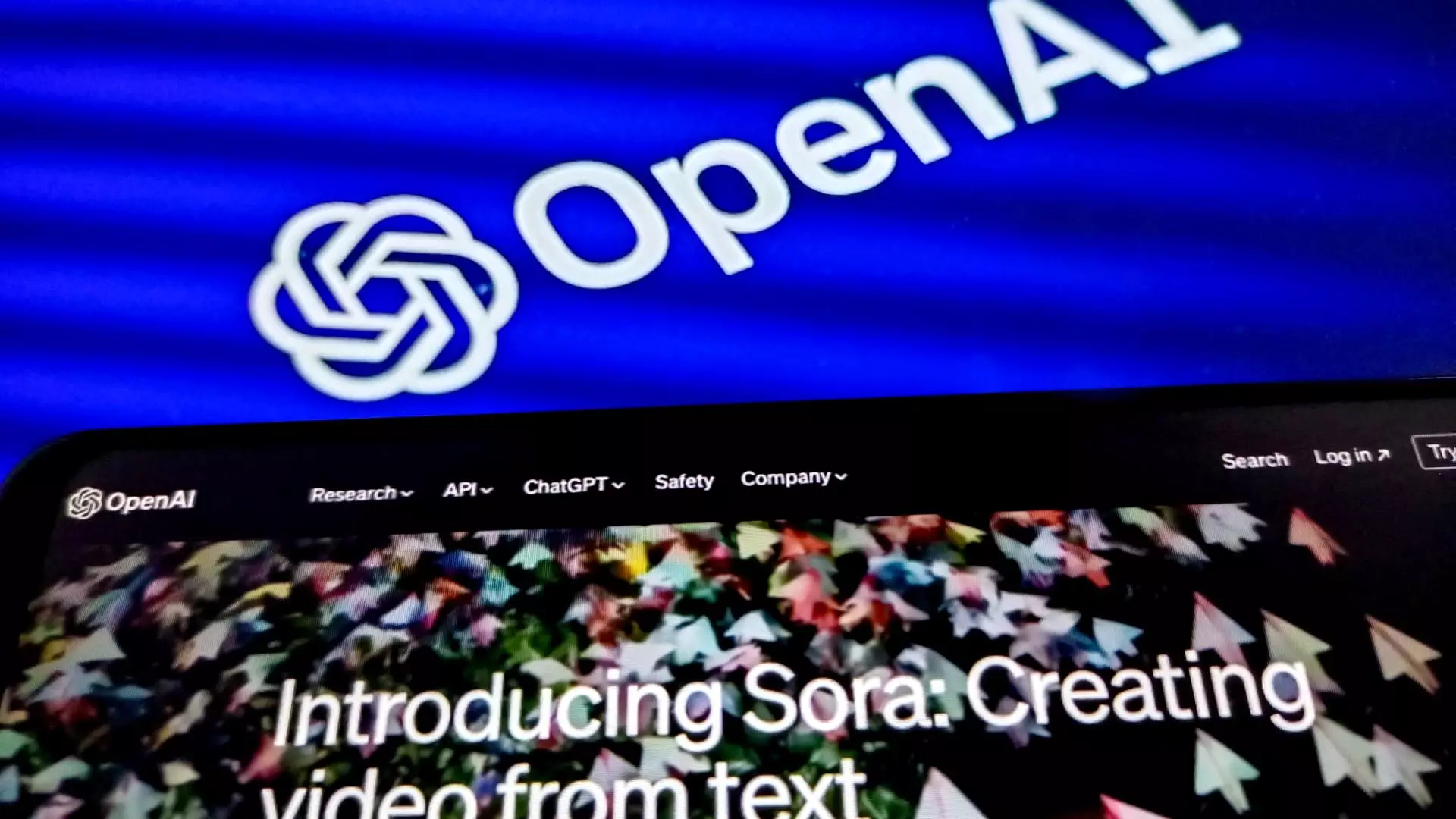Artificial intelligence has taken center stage in the tech industry, with companies like OpenAI leading the charge towards a more automated and intelligent future. However, recent turbulence within the organization has raised concerns among investors, particularly following significant leadership changes. In this context, OpenAI’s CFO Sarah Friar has made an effort to quell uncertainties and reaffirm the company’s robust positioning in the market as it prepares for a substantial funding round.
The departure of high-profile executive Mira Murati, OpenAI’s Chief Technology Officer, has sent ripples through the organization and its investor community. Although changes in leadership are commonplace in the tech world, their frequency and timing can often signal instability. Friar proactively reached out to investors via email after Murati’s departure was announced, providing insights into the situation as well as reassurances about the company’s future. She emphasized the vital contributions Murati made during her tenure and highlighted the depth of talent that remains within the organization.
Murati’s exit is not an isolated incident; it follows a pattern of talent attrition that has seen several key figures depart for rival firms or new ventures. For instance, two other prominent executives, Bob McGrew and Barret Zoph, also announced their exits on the same day as Murati, further amplifying concerns about OpenAI’s internal stability. These changes lead to important questions regarding the company’s long-term direction, especially when considering the competitive landscape it operates in.
Despite the upheaval in its executive ranks, OpenAI is strategically positioning itself to attract significant investment. The company is reportedly closing a $6.5 billion funding round, an endeavor led by Thrive Capital which plans to inject $1 billion into the venture. This funding round is not only intended to expand OpenAI’s capabilities but also significantly enhance its valuation. Speculations suggest that, upon finalization, OpenAI could be valued at approximately $150 billion, underscoring the immense investor confidence that persists despite leadership challenges.
In her communication to investors, Friar noted that this funding round is oversubscribed, indicating a strong interest from investors even in the face of recent leadership reshuffles. This is crucial, as it signifies that confidence in OpenAI’s future, its mission to democratize AI technology, and its potential for developing sustainable revenue streams remains intact.
Strategic Leadership Transition
In light of the recent exits, Friar is keen to underline that OpenAI still retains a competent leadership team. She announced Mark Chen’s promotion to Senior Vice President of Research, alongside others like Kevin Weil and Srinivas Narayanan, who will be instrumental in pushing forward the company’s innovative agenda. This move comes as a critical step in reassuring stakeholders that despite the departures, OpenAI possesses strong capabilities to navigate future challenges.
Furthermore, OpenAI’s partnership with prominent players like Microsoft and Apple indicates a strategic alignment with industry giants that can bolster its development and market reach. Despite losing vital personnel, OpenAI’s collaborations suggest a structural capability to maintain the momentum of innovation.
As OpenAI strides into a pivotal phase of securing funding amidst leadership transitions, the focus remains steadfast on innovation and long-term vision. CFO Sarah Friar’s outreach underscores a commitment to transparency and stakeholder engagement during a turbulent time. While the departure of key personnel raises pertinent questions, OpenAI’s ability to attract significant investment speaks volumes about its enduring appeal and strategic relevance in the tech ecosystem.
Moving forward, OpenAI must capitalize on its leadership depth to mitigate risks associated with turnover while staying true to its mission of delivering AI solutions that deliver tangible value to investors and society at large. In doing so, it can potentially redefine the future landscape of artificial intelligence while navigating the inevitable challenges that accompany a rapidly advancing technological frontier.


Leave a Reply